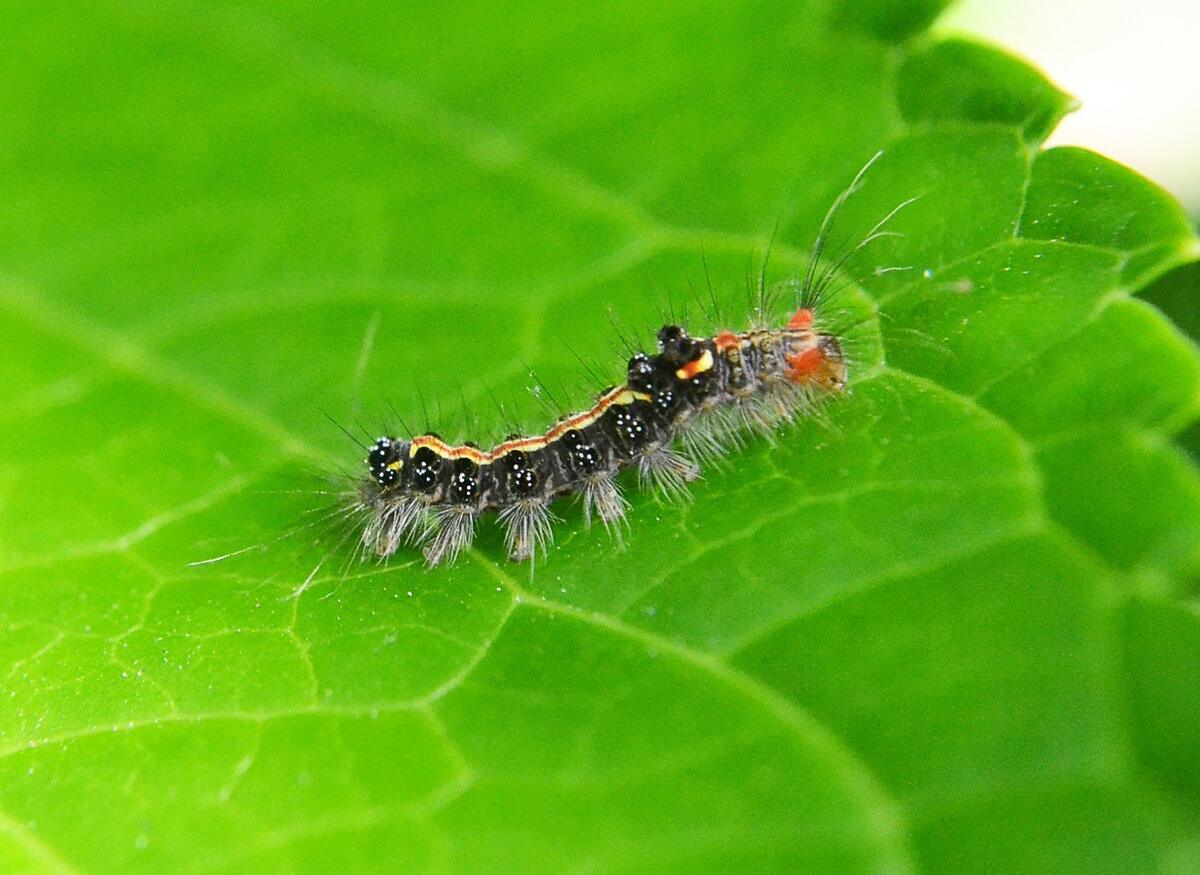
Over 30,000 insect species live in Texas, making it one of the most insect-diverse states in the US. Some of those insects are the worst garden pests in Dallas, chewing holes in your prized plants’ leaves and sucking out their nutrients. Integrated Pest Management (IPM) is the foundation of controlling these garden pests in Texas.
Integrated Pest Management (IPM) aims to reduce the negative effects of pest control measures on the environment while maintaining a healthy garden free of toxic chemicals and pests. Learn more about the worst garden pests in Dallas and how to control them in this article:
1. Aphids
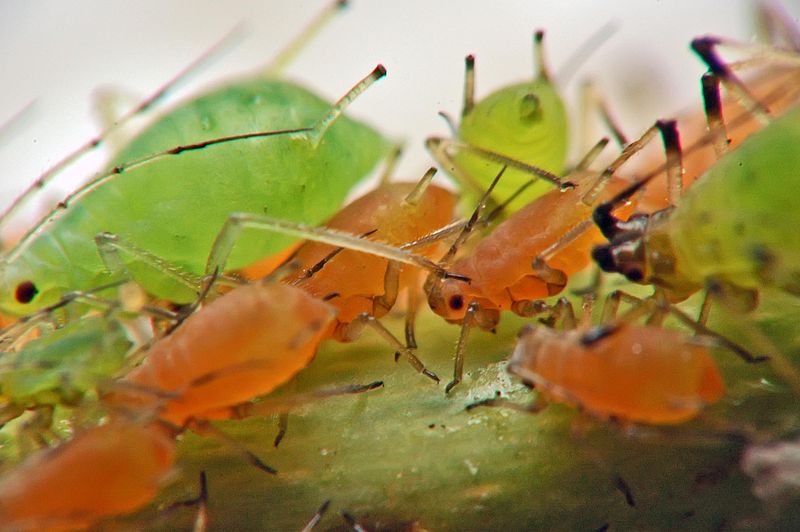
Aphids are one of the most prevalent plant pests, which anyone who has grown tomatoes will be familiar with. They cause one of the most widespread plant diseases by puncturing plant tissues and sucking out the sap. Even though their pear-shaped bodies measure only 1/6 of an inch in length, they can seriously damage any plant you cultivate in your garden.
Leaf puckering, stunted growth, and eventual plant death are common symptoms of the disease caused by aphids. The aphids’ honeydew (a sweet, sticky fluid) also encourages the formation of sooty mold and draws in ants, which defend the aphids in exchange for the honeydew.
How To Get Rid of Aphids
To get rid of aphids, wash them off plants with a powerful spray of water or cut off and throw away the infected areas of the plant. Horticultural oil, insecticidal soap, and neem oil are all effective, non-toxic pest control methods. You may also purchase lady beetles, which eat aphids and benefit your garden.
2. Cutworms
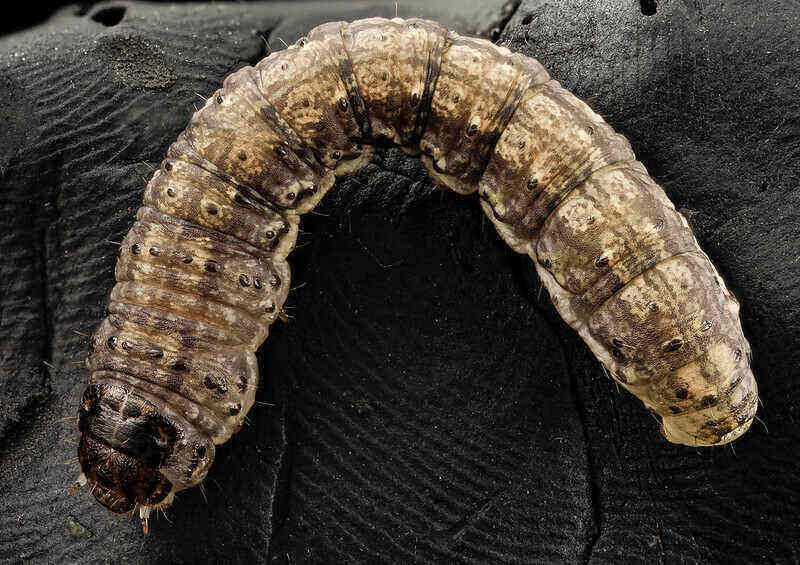
Cutworms are fat moth larvae about an inch long and can be found hiding behind leaves or inside the top layer of soil during the day. At night, cutworms emerge from their hiding places to feed on plants. If a recently sown seedling has been chopped down, it is likely because of the presence of cutworms, as cutworms often attack the stems.
How To Get Rid of Cutworms
Homeowners can remove curled-up cutworms by hand by cultivating the soil shallowly before planting. Another option is to wait to transplant seedlings until they have thicker stems and can withstand cutworms.
3. PillBugs/SowBugs
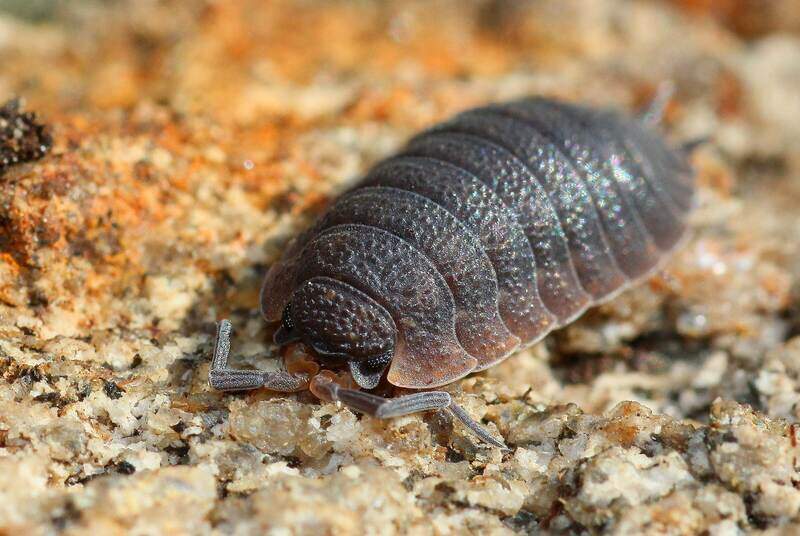
Sowbugs and pillbugs, sometimes known as Roly Polys, are prevalent North Texas garden pests. Vegetable gardeners especially dislike these insects.
Fruits and vegetables grown in the soil are particularly appealing to them because of their ability to retain moisture. Melons, squash, strawberries, and peas are all favorites of pillbugs and sowbugs. Decomposing matter is the preferred diet of these garden pests, but they will eat your favorite plants under the appropriate conditions.
How To Get Rid of Pillbugs/Sowbugs
The primary step to protect your garden from these pests is to block out as much excess moisture as possible. Since pillbugs and sowbugs enjoy rotting produce, harvest your vegetable garden’s yield long before any fruits or vegetables begin to rot.
4. Japanese Beetles
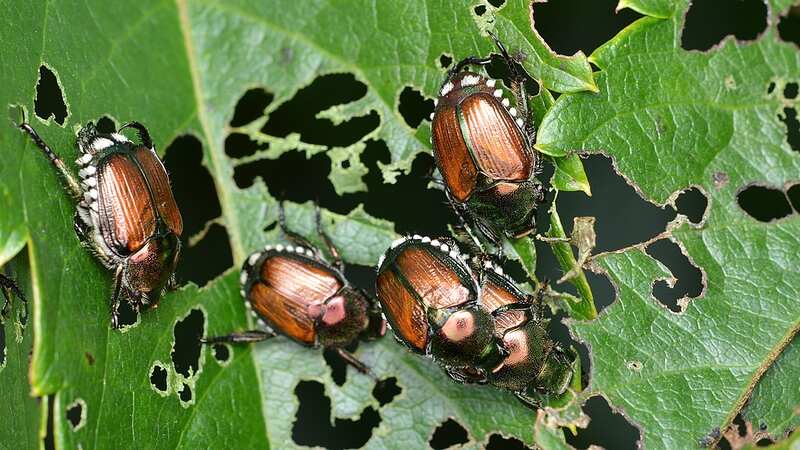
Full-grown Japanese beetles are shiny beetles, a half-inch in length, with metallic shades of blue-green and golden brown. The larvae, known as white grubs, look like tiny, white worms with brownish heads. Japanese beetles eat the leaves and petals of plants, while grubs destroy the roots of turfgrass and some other plants.
How To Get Rid of Japanese Beetles
Pesticide sprays and floating row covers are two of the most common options for eliminating Japanese beetles.
You can also use beneficial nematodes (naturally occurring tiny worms) or milky spores to combat grubs. Both natural methods need time to establish themselves in the soil before they can be effective.
5. Scales
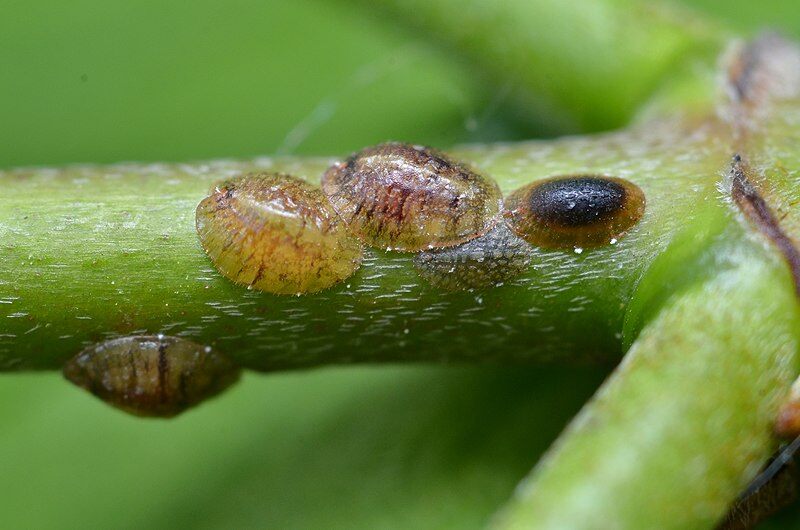
Adult female scale insects, which appear as lumps on plant stems, leaves, or fruits, are the type of scale insects that homeowners are most likely to observe. Male insects are little and can fly, while larvae are smaller soft-bodied insects that crawl on their bellies. By feeding on plant sap, scale insects damage plants, causing leaves to become yellow and fall off.
On top of that, honeydew often forms on the leaves and fruit. It’s unattractive and can encourage the growth of the disease.
How To Get Rid of Scales
In the case of minor infestations, the affected plant portions should either be thrown away or scrubbed with a soft brush and lukewarm soapy water to remove the scales. Sprays made of dormant oil are effective against larger infestations.
6. Snails/Slugs
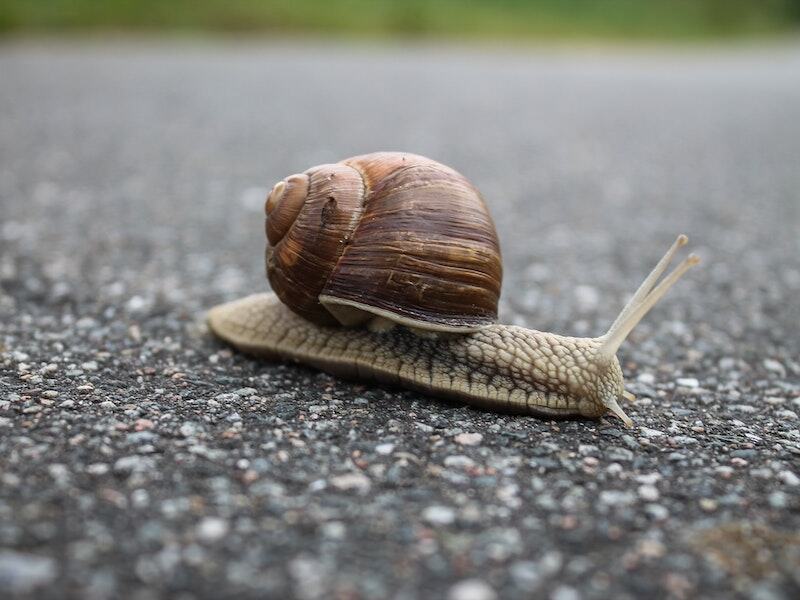
Snails and slugs love gardens because they are frequently well-irrigated and moist, making them an ideal habitat for these pests. Snails and slugs are slimy, soft-bodied insects, often measuring around one inch in length and appearing either brown or gray. Slugs and snails, like pillbugs, require humidity to thrive.
Snails and slugs are nocturnal eaters that thrive in damp, warm environments. Snails and slugs tend to wander about as they age, probably in search of more suitable living conditions and nutritious food sources.
How To Get Rid of Snails/Slugs
You can use a combination of sharp sand, wood ashes, and crushed seashells to prevent snails and slugs from crawling up plant stems. If you pick them off by hand early in the morning or late at night, you can either freeze or salt the slugs to kill them or humanely relocate them to the woods.
7. Spider Mites
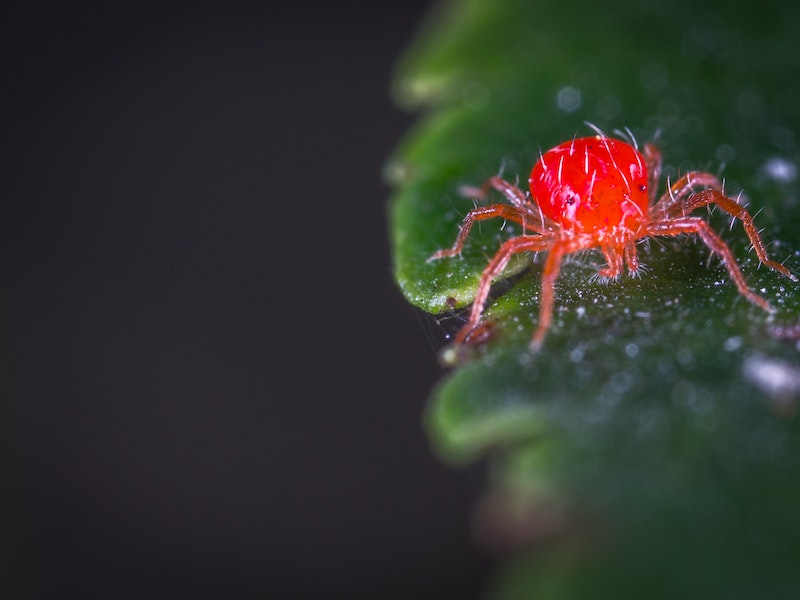
Spider mites are microscopic pests that feed on plant juices and are closely related to spiders. When present in vast numbers, they drain the vitality of a plant, resulting in discoloration and the eventual fall of its leaves.
How To Get Rid of Spider Mites
Spider mites can be controlled by introducing predatory insects, including lady beetles, praying mantises, and assassin bugs. You can also get rid of spider mites using a mixture of 5 gallons of water, 4 cups of wheat flour, and 1/2 cup of buttermilk. Spray both the upper and lower surfaces of plants. Repeat in 10 days to kill any newly hatched spider mites.
8. Squash Bugs
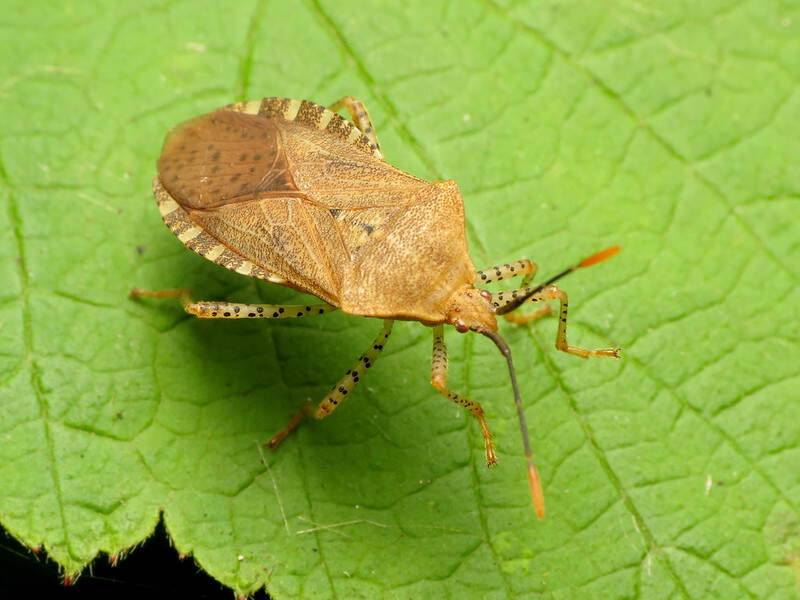
Squash bugs feed almost exclusively on squash and pumpkin plants. They resemble stink bugs but are much larger and appear to be armored. They drain a plant’s vital fluids, leading to its eventual death.
How To Get Rid of Squash Bugs
Pick them out by hand, then place them in a jar filled with soapy water. When the growing season is over, remove any infected plants. You can also spray neem oil on the egg clusters and the young squash bugs or scrape them off the undersides of the leaves.
9. Caterpillars
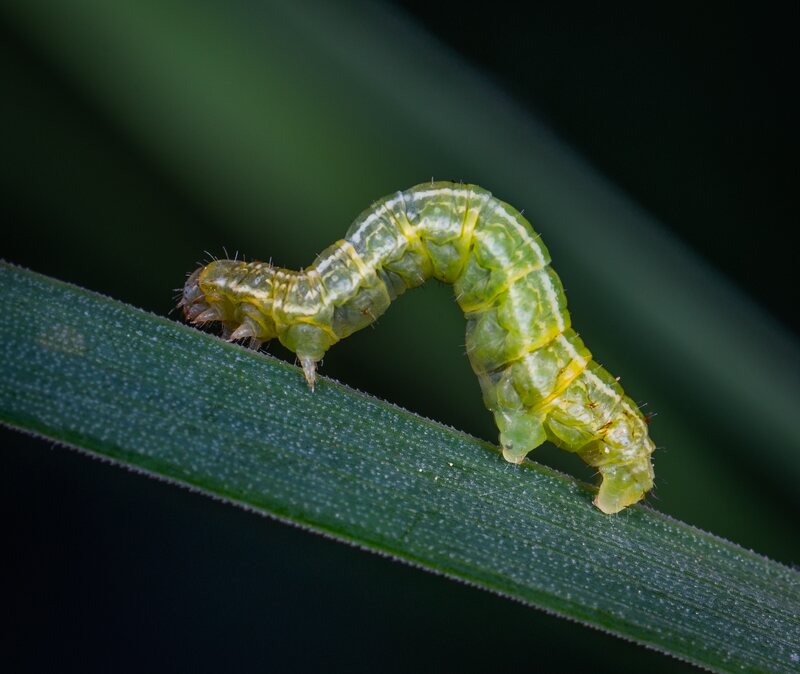
The larval stage of butterflies and moths is known as a caterpillar. North Texas gardens frequently encounter moths in their larval stages. Cabbage, kale, broccoli, cauliflower, and other cole crops are regularly attacked by caterpillars. The troublesome caterpillars are commonly called worms, such as armyworms.
The ragged holes that caterpillars make in plant leaves when feeding make an infestation very easy to spot. Caterpillar damage may not impact the health of well-established foliage, but it can be destructive to smaller produce usually found inside gardens.
How To Get Rid of Caterpillars
Caterpillars can be easily controlled by picking them off plants and putting them in a tub of soapy water or squashing them. Because of the time and effort involved, this pest control technique may not appeal to everyone. Pesticides are an easier option, but check the label to see when you need to spray so the food in your garden is safe.
FAQ About Dallas Garden Pests
Popular natural pest control products include:
• Pyrethrin: This insecticide from plants has a strong odor that drives away numerous pests.
• Neem oil: This poison from neem trees can reduce insect populations by interfering with their reproductive cycles.
• Diatomaceous earth: This dry pest control approach derived from algae immediately leads to eradicating any pests that come into contact with it. However, populations of butterflies, honey bees, and ladybugs can also suffer from it.
IPM aims to eliminate pests while reducing the impact of pest control methods on humans and the environment. The basic steps of an IPM program are:
• Prevention
• Observe and identify
• Determine the criteria for action
• Create control measures that cause the least amount of damage
Yes. Texas is home to over a third of the world’s known horticultural pests. There are more insect species in Texas than in any other state, some of which are poisonous and can be dangerous to humans.
Final Thoughts
Pests can be a big problem for Dallas gardeners. With the pest control methods described above and professional help, you can get rid of the worst garden pests in Dallas and enjoy the serenity of a pest-free landscape. Reach out to a Dallas lawn care company that specializes in lawn and garden pest control if you need help eradicating a pest infestation.
Main Image Credit: Pxhere